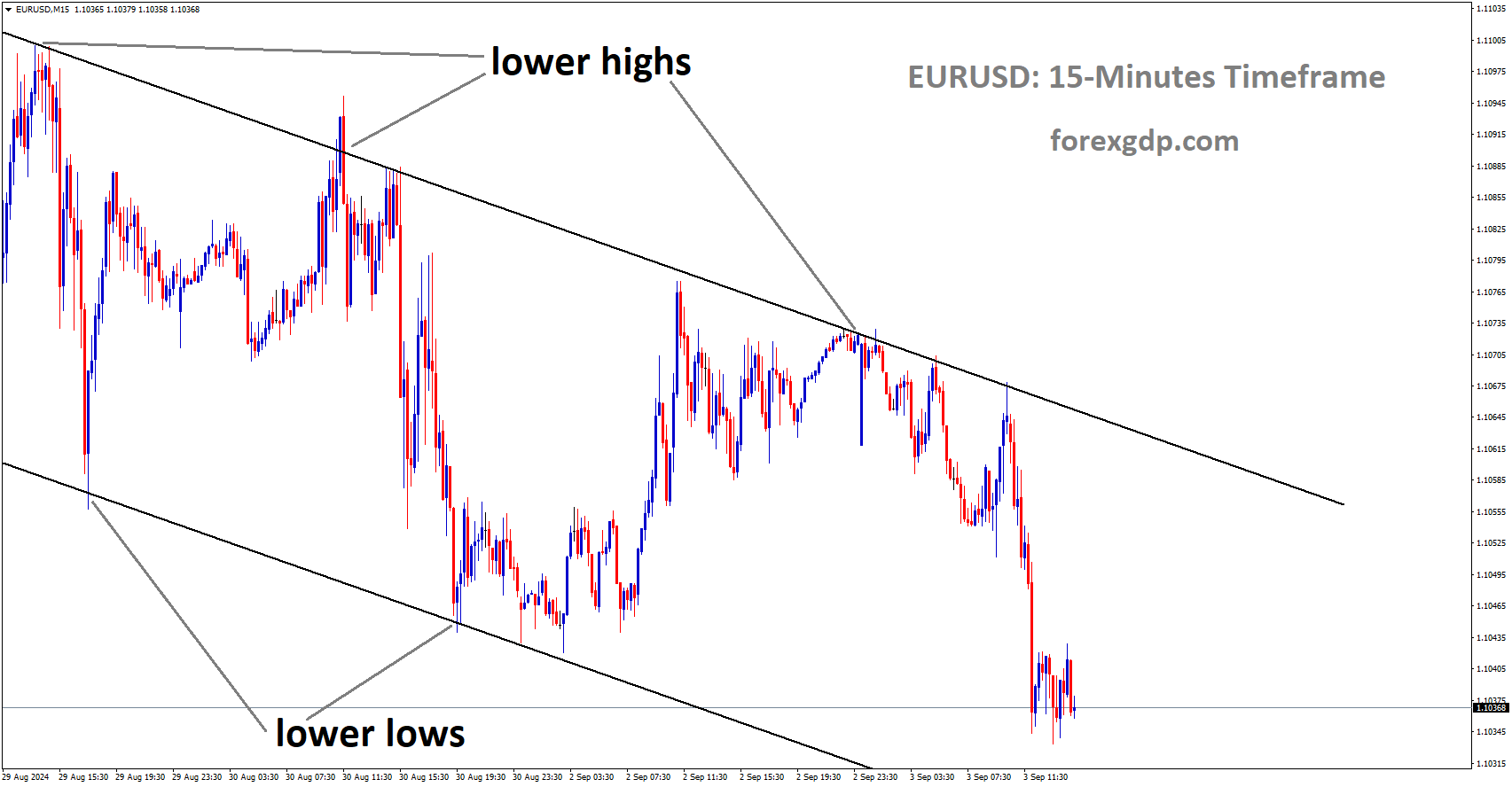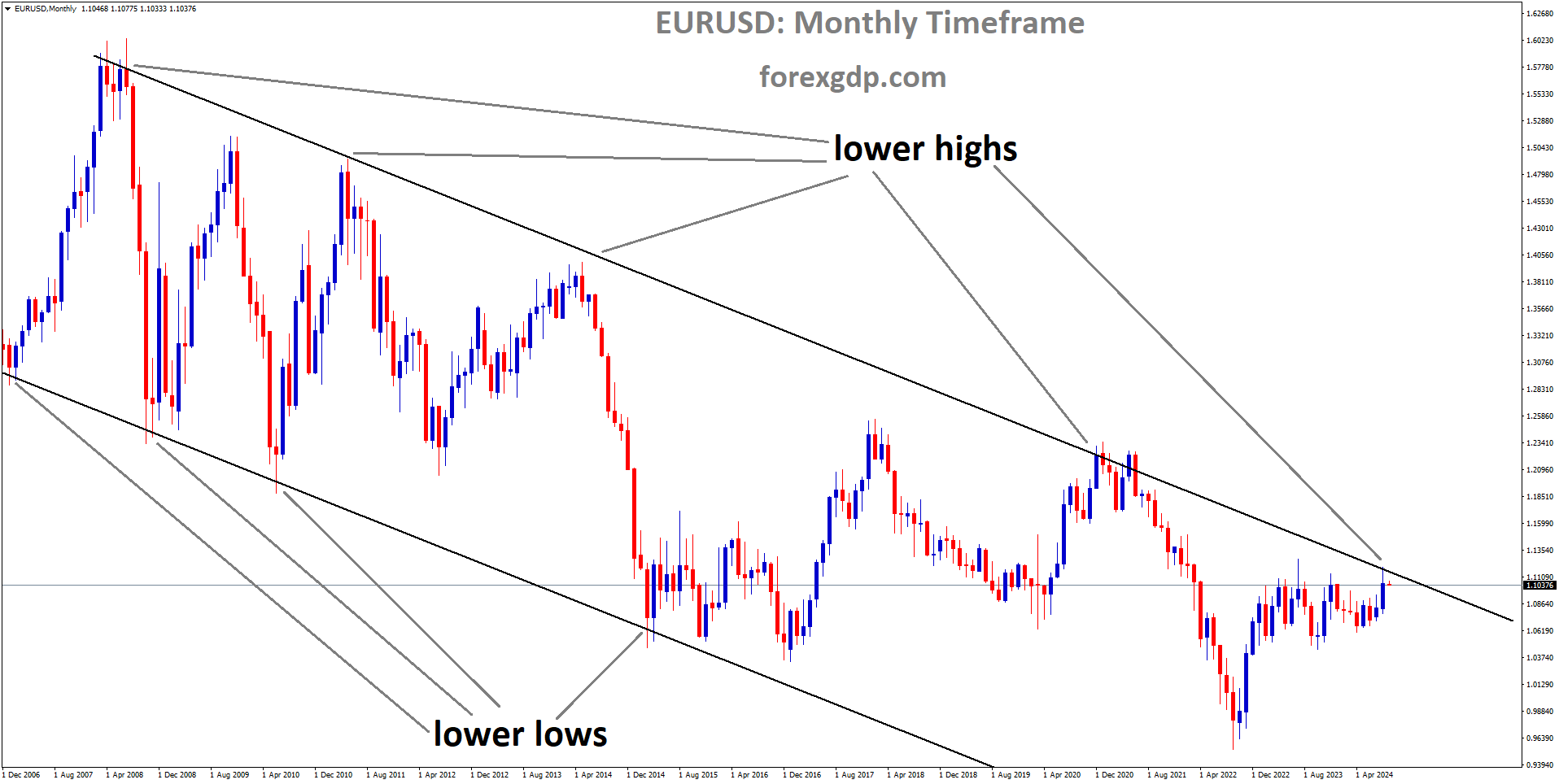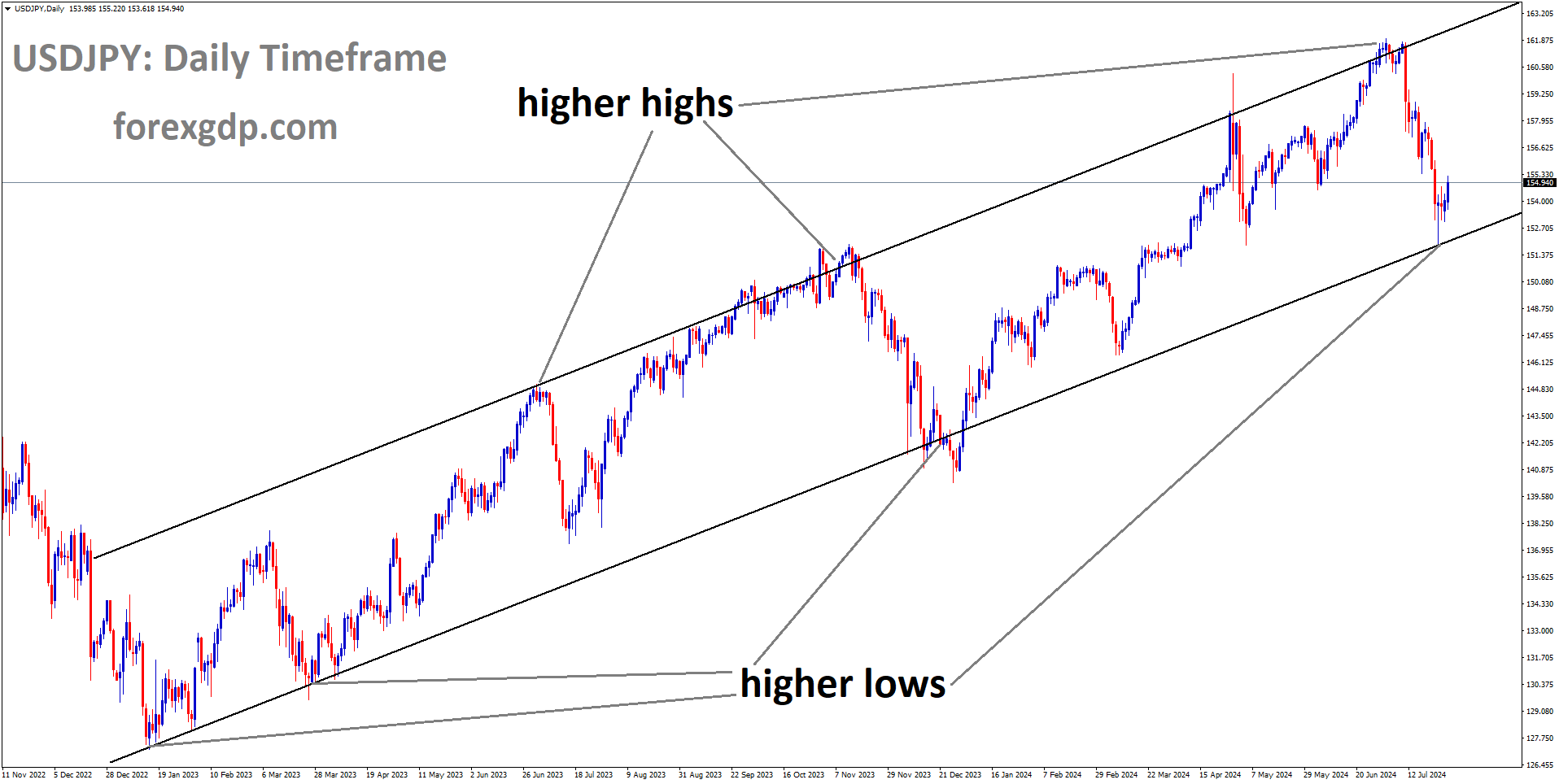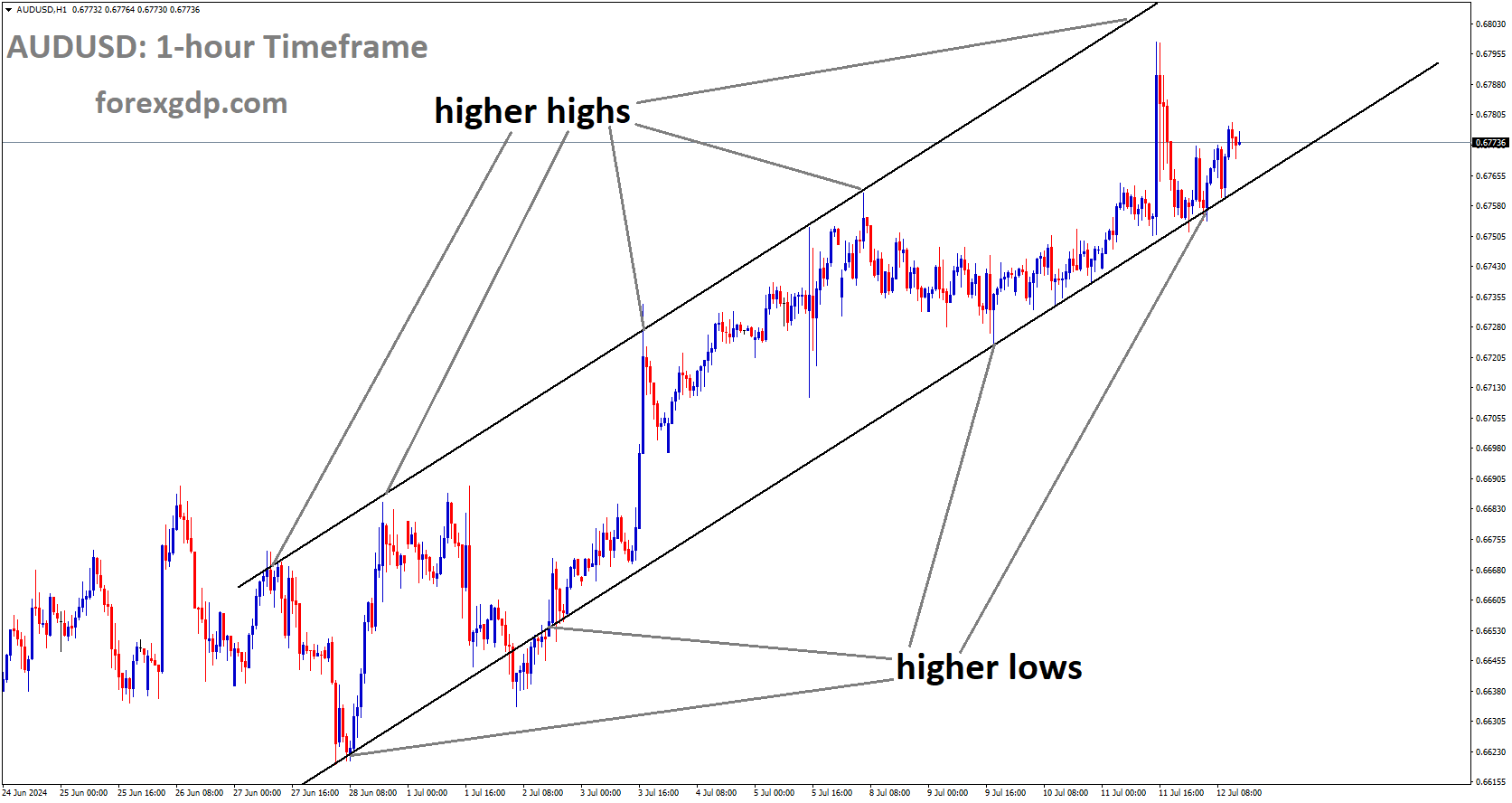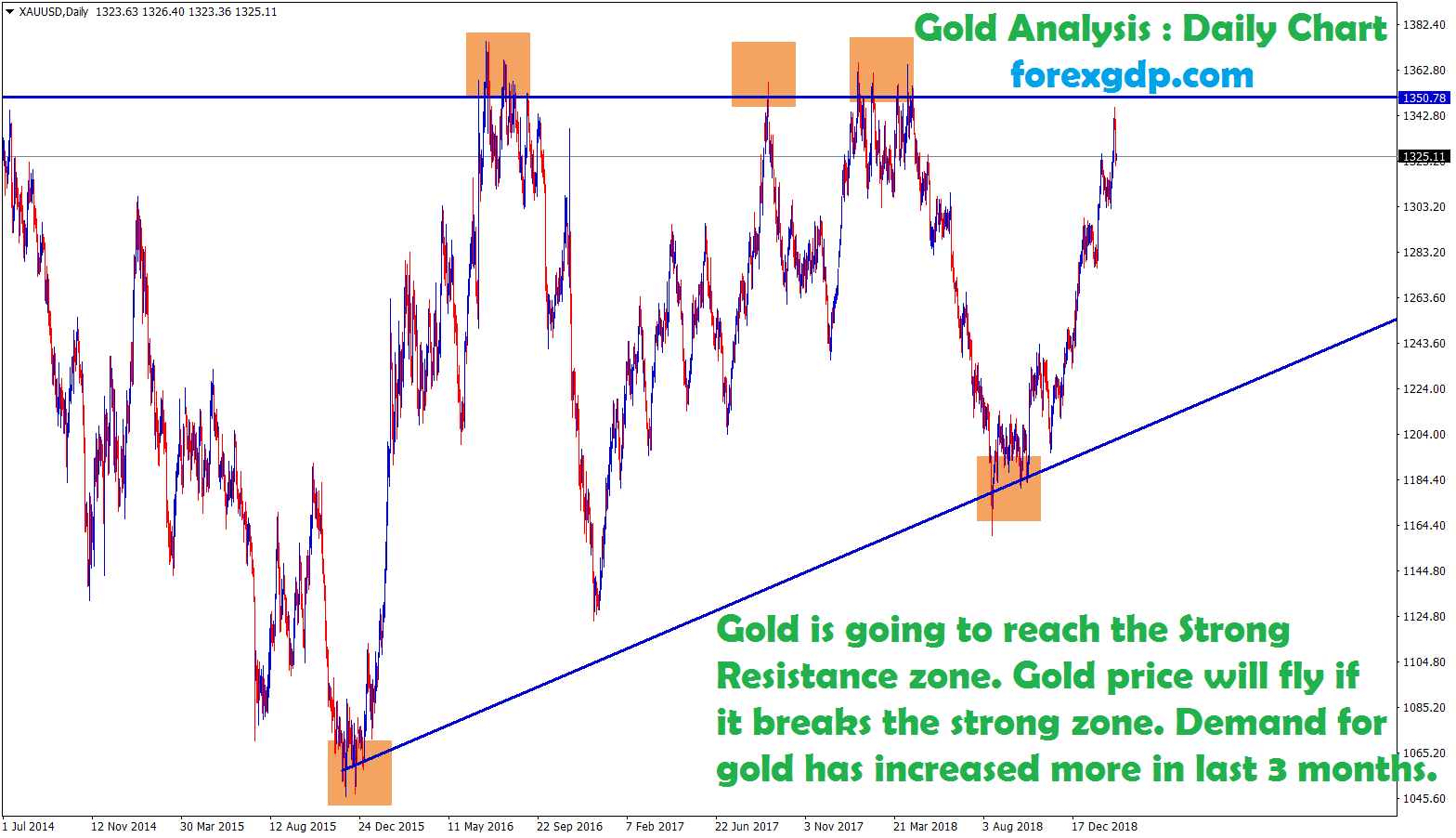EURUSD has broken the Ascending channel in the downside
#EURUSD Analysis Video
EUR/USD Falls Below 1.1050: What’s Behind the Drop?
The EUR/USD pair has been under pressure recently, dropping below the 1.1050 mark during European trading hours. If you’re wondering why this is happening, you’re not alone. Let’s dive into the details of what’s going on with this major currency pair and why it’s been struggling.
Why the EUR/USD is Struggling
The EUR/USD has been on a downward trend, and much of this can be attributed to a strong U.S. Dollar. As the U.S. Dollar flexes its muscles, the Euro has found itself on the back foot. This movement is happening right before the release of the U.S. ISM Manufacturing PMI for August, an important economic indicator that investors closely watch.
But that’s not the only factor weighing on the Euro. Market participants are also focused on what’s happening in the Eurozone, particularly with the European Central Bank (ECB). Speculation is mounting that the ECB will cut interest rates this month, and this speculation is putting additional pressure on the Euro.
The ECB’s Potential Interest Rate Cut
One of the key drivers behind the EUR/USD’s recent dip is the growing expectation that the ECB will cut interest rates in September. If this happens, it would be the second rate cut by the ECB this year, following its decision to pivot toward policy normalization in June.
But why would the ECB consider cutting rates again? The answer lies in the Eurozone’s economic performance. Inflation in the Eurozone has been declining, with the headline inflation rate dropping to 2.2% in August. This decline has been driven by a significant reduction in energy prices. While this might seem like good news, it also signals that inflationary pressures are easing, which could justify a rate cut.
EURUSD is moving in a descending channel, and the market has fallen from the lower high area of the channel
Germany, the Eurozone’s largest economy, has been facing its own set of challenges. The German economy contracted in the second quarter of this year, and there are growing concerns that it could be headed for a recession. Weak demand, both domestically and from overseas, has been a significant factor behind Germany’s economic struggles.
ECB policymakers appear to be comfortable with the idea of cutting rates in September. For example, Bank of France Governor Francois Villeroy de Galhau recently indicated that a new rate cut could be a “fair and wise” decision, given the current economic conditions in Europe. He also highlighted that Europe’s growth remains too weak and that the balance of risks needs to be closely monitored.
The U.S. Dollar’s Strength and Its Impact
On the other side of the EUR/USD equation is the U.S. Dollar, which has been showing considerable strength. The U.S. Dollar Index (DXY), which measures the Dollar’s value against a basket of six major currencies, has been trading near a two-week high. This strength in the Dollar is partly due to the anticipation of the U.S. Nonfarm Payrolls (NFP) data for August, which is scheduled to be released later this week.
Investors are eagerly awaiting this data as it will provide insights into the U.S. labor market. A strong labor market could influence the Federal Reserve’s decision on interest rates in its upcoming September meeting. Market participants are betting that the Fed may reduce interest rates, with a 25-basis point cut being the most likely scenario.
EURUSD is moving in a descending channel, and the market has reached the lower high area of the channel
The strength of the U.S. economy, as evidenced by recent GDP growth figures, has also played a role in boosting the Dollar. The revised estimate for the U.S. GDP in the second quarter showed that the economy grew at a faster rate of 3%, up from the initial estimate of 2.8%. This stronger-than-expected economic performance has further solidified the Dollar’s position in the market.
What to Watch This Week
As the week progresses, there are a few key events that traders and investors will be keeping an eye on. The first is the release of the U.S. ISM Manufacturing PMI data for August. This report is expected to show that the manufacturing sector contracted at a slower pace than in the previous month. Specifically, the PMI is forecasted to come in at 47.5, up from the previous reading of 46.8.
In addition to the ISM report, the S&P Global PMI for August is also due to be released. This final estimate is expected to match the flash estimate of 48.0, indicating that the manufacturing sector is still in contraction territory.
These reports will be crucial in shaping market expectations for the Fed’s next move. If the data shows continued strength in the U.S. economy, it could bolster the case for the Fed to hold off on aggressive rate cuts, which would likely keep the Dollar strong and continue to pressure the Euro.
Why This Matters for You
If you’re involved in the Forex market, the recent movements in the EUR/USD pair are definitely something to pay attention to. Whether you’re a trader looking to capitalize on short-term volatility or a long-term investor considering the broader implications, understanding the dynamics at play is crucial.
The interplay between the ECB’s potential rate cut and the strength of the U.S. Dollar is a classic example of how economic indicators and central bank policies can influence currency markets. By staying informed and keeping an eye on key data releases, you can better navigate the ups and downs of the Forex market.
Final Thoughts
The EUR/USD’s dip below 1.1050 is a reflection of several factors at play, including the strength of the U.S. Dollar, the potential for an ECB rate cut, and broader economic conditions in both the Eurozone and the United States. As the week unfolds, all eyes will be on the upcoming economic data releases, which could further influence the direction of this major currency pair.
Understanding the reasons behind these movements can help you make more informed decisions, whether you’re trading the EUR/USD or simply keeping an eye on global economic trends. So, stay tuned, keep your finger on the pulse of the market, and be ready for whatever comes next!
Don’t trade all the time, trade forex only at the confirmed trade setups
Get more confirmed trade signals at premium or supreme – Click here to get more signals , 2200%, 800% growth in Real Live USD trading account of our users – click here to see , or If you want to get FREE Trial signals, You can Join FREE Signals Now!



